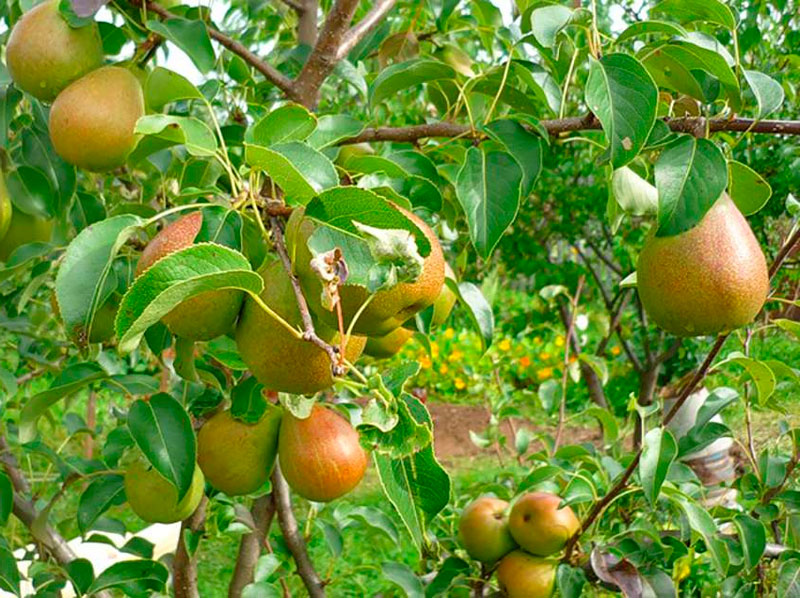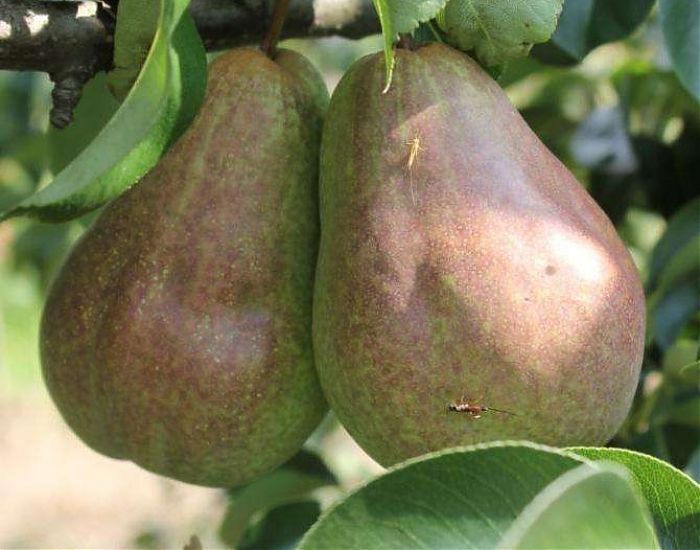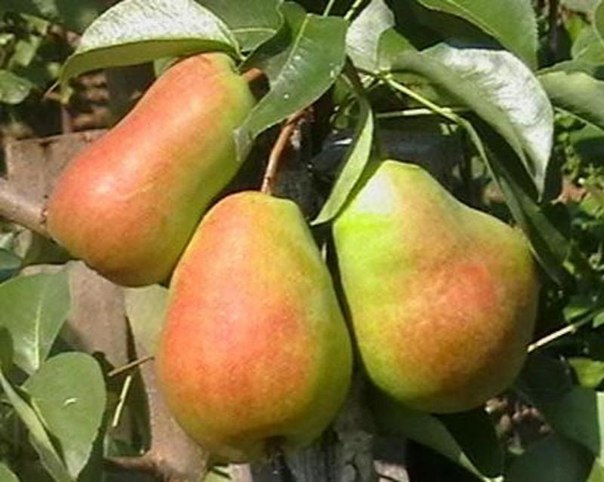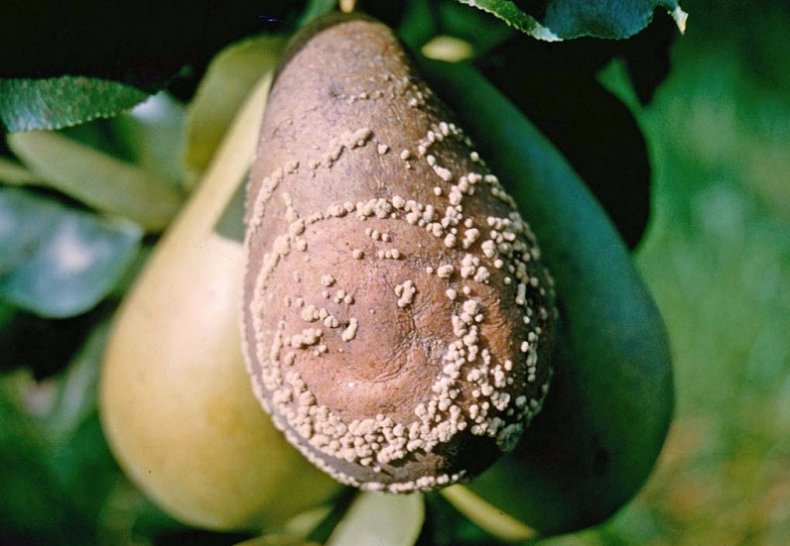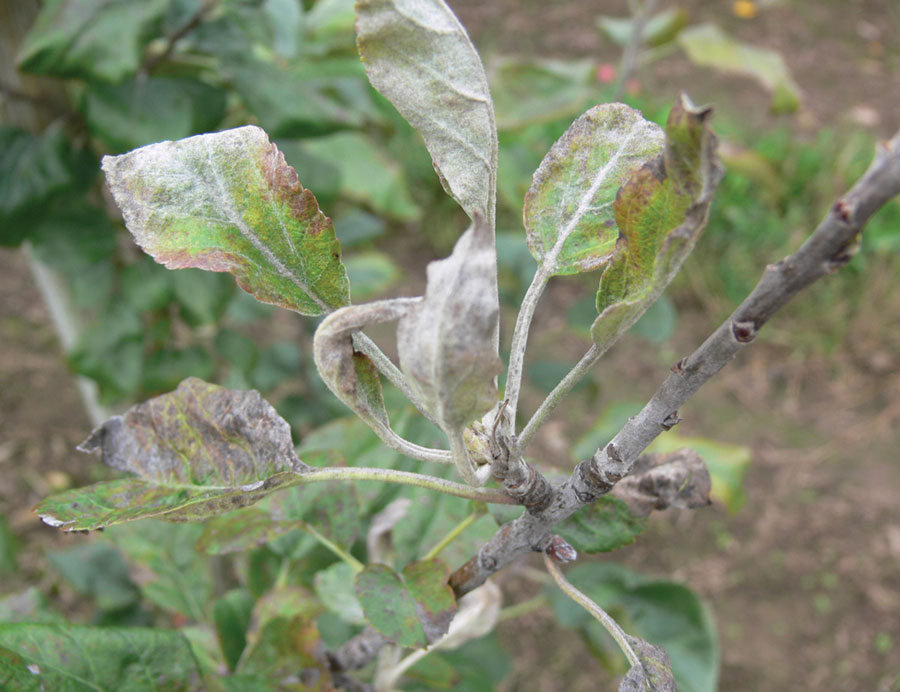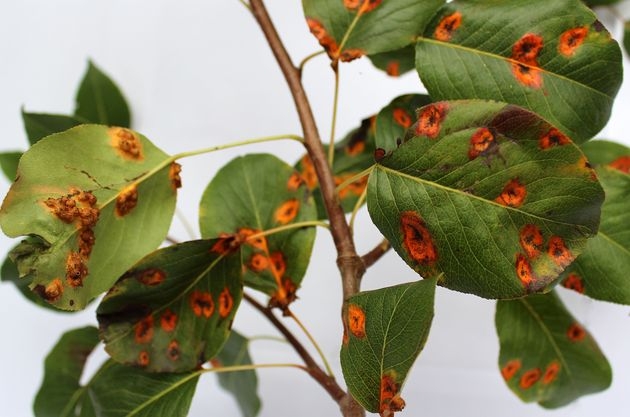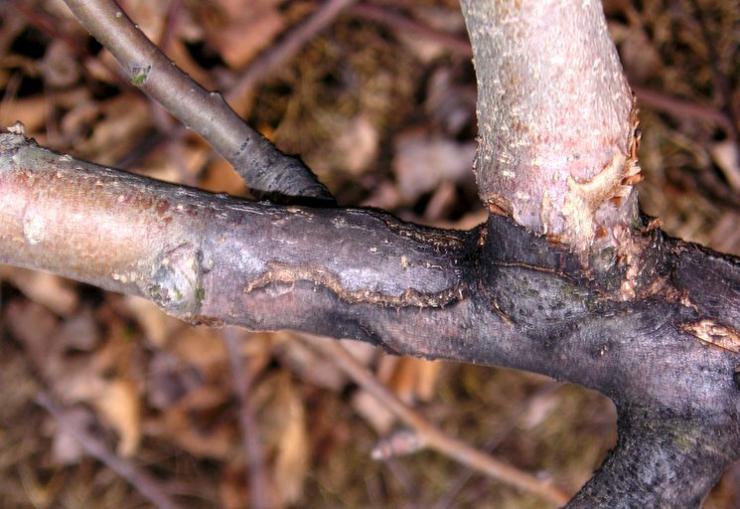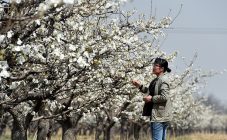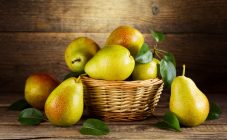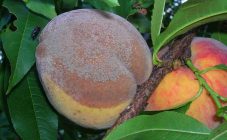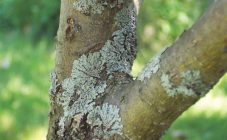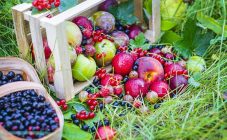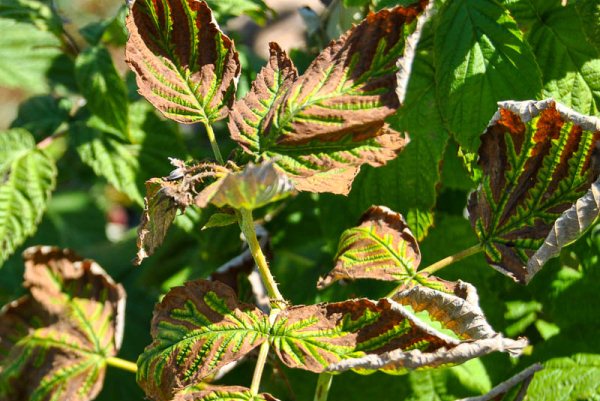Content:
Every gardener wants to have at least a small orchard in his garden. One of the most beloved trees among summer residents are pears of a wide variety of varieties. But not everyone succeeds in growing them and waiting for the harvest. There are several reasons for this, but the main one is various pear diseases.
Description of culture
Pear is a fruit tree belonging to the Rosaceae family. For a long time, pears have been considered one of the most useful fruits, because they contain all the vitamins and nutrients the body needs. But it is worth remembering that wild-growing pears have a rather unpleasant taste, so it is almost impossible to eat them fresh. It is for this reason that pears became one of the first plants to be bred in all countries.
The first pears that could be eaten without additional processing were brought out by the famous Soviet scientist-breeder I. V. Michurin.
Most popular varieties
When buying pear seedlings, you need to focus on the acclimatization of the variety in a separate region. Only in this case the pear will survive the winter frosts without loss. That is, if a gardener plans to plant a tree in the Kurgan region, then it should be bred only for growing in the regions of the Urals or Siberia.
The most optimal varieties for planting and growing in the Central region of the Russian Federation are the following:
Bryansk beauty
The Bryansk beauty begins to bear fruit only 5 years after planting. Pears ripen by mid-September. Trees are not large and grow slowly. The crown is not thick. The advantage of this variety is the compact arrangement of the fruits.
The mass of ripe pears can reach 200 g, their shape is correct, slightly elongated. Ripe fruits are golden in color, sometimes with a slight blush. They have a pronounced aroma and a pleasant sweet taste.
Lada
An early maturing variety, resistant to winter frosts. Productivity is high, begins to bear fruit quite early. Differs in its versatility.
The mature tree is not tall, the crown is dense. The fruits do not have impressive size, the average weight of each is no more than 150 g. In ripe condition, the fruits have a light yellow color.
Cathedral
Mature trees of medium height with a conical crown. Ripe fruits are yellow with a slight green tinge, the average weight is no more than 120 g. The taste is sweet and sour.
Diseases and pests of pear
Often it is not possible to determine which disease struck the pear tree at an early stage. For example, external signs of a pear disease: leaves and fruits turn black or brown leaves are inherent in several diseases of fruit trees at once. This is already enough to leave a gardener with a meager harvest or no harvest at all.
Some pear diseases, affecting one of the fruit trees in the garden, spread to others and even shrubs. That is why, if any disease is detected on one specimen, you need to immediately process everything in the garden, if possible.
Scab
The fungus of this disease is capable of infecting not only pear trees, but also other crops growing on a personal plot.
The first thing that can be noticed is dark green spots on the leaves of plants, on which plaque forms, which is a colony of fungi. As the fruit grows and develops, the fungus spreads to them. The peel of the fruit is covered with spots, as a result of which it cracks. On the contrary, the pulp in the places where the spot appears becomes quite hard and tasteless. Due to the ongoing deformation, they lose their presentation.
One of the most reliable drugs is Bordeaux liquid. She needs to process the plant several times:
- in the spring when the first leaves appear;
- during the ripening of buds;
- after the flowering period has passed.
The access of fresh air to the trunk through the crown significantly reduces the risk of scab. To do this, it is worth trimming unnecessary branches, and lubricate the cuts with garden varnish. In order for the air to pass to the roots, you need to loosen the soil in the trunk circle. This should be done regularly, after each watering.
Pear trees on which the disease has spread too much are recommended to be treated with a bottom or nitrafen with the onset of autumn. Quite good results can be seen after processing soon, however, you need to use it, strictly following the instructions.
There are several varieties of pears that are completely resistant to such a disease as scab:
- Muratovskaya;
- Rusanovskaya;
- January.
Pear moniliosis (fruit rot)
This ailment affects not only pears, but also other fruit trees and bushes in the personal plot. Fruit rot can completely rob the crop. The most dangerous period for the disease is during fruiting. Even if the harvest is harvested, the disease does not go away, but remains on the fruit-carrion.
This type of disease can manifest itself in two forms, so you need to be more careful with this disease:
- Pear fruit rot. The causative agent of the disease is a fungus, which has a rather harmful effect. The place of its distribution can be any region of Russia where stone bushes are grown. As soon as the trees start to ache, their fruits become unusable. The first sign of the disease is a small brown spot on the pear, which later affects the whole fruit, due to which the presentation and taste are lost. Fungus colonies appear as white spots forming on the rot surface. They are perfectly carried by the wind or rain, as well as by a variety of insects. The disease develops very rapidly, because the incubation period lasts only a couple of days, and after 7-8 days the mushrooms are ready to infect new fruit trees. The optimal weather for the development of the disease is hot and humid summers.
- Monilial burn. In a pear, only flowers and fruit branches in the most prominent places are affected. The disease is caused by the spread of the fungus, which begins its activity after the winter awakening. The disease overwinters on the affected branches. The fungus awakens at an air temperature of 10-12 ° C. Another prerequisite for its spread is high air humidity.This disease is especially common in the regions of the Far East.
The first rule of prevention against this type of fungus is the regular collection and destruction of fallen fruits, as well as diseased and dried fruits, if they show signs of disease. It is imperative to protect fruit trees from scab, since during this disease the fruits begin to crack, and moniliosis fungi penetrate through the cracks formed. Another preventive action is the protection of the garden from birds that peck at fruits, damaging them and opening the way for pathogenic fungi.
You can cure diseased plants with fungicides. Already at the first visible damage, you need to start processing work, which should be repeated after 2 weeks. If the pear was processed from scab and powdery mildew, then there is no need to carry out processing against fruit rot.
Sooty fungus on the bark of a pear
Why did the pear leaves turn black? The answer to this question is quite simple - in 90% of cases, this means that the plant is infected with a sooty fungus. It manifests itself, as a rule, in the middle of summer, affecting the leaves with a black bloom, reminiscent of soot. Basically, weakened plants with a large lack of minerals or already infected with other diseases are susceptible to infection.
The most favorite places of the fungus are the sweet secretions left by insects. The fungus is capable of hibernating under the bark of trees or in the grass under them.
To destroy insects that are capable of carrying this disease, use the insecticide calypso. You can treat fruit trees using a phytover fungicide.
Diseases of the leaves of the crown of pear
Diseases affecting roots, leaves or bark can cause trees to stop bearing fruit completely. These diseases cause great damage to plants, so you need to fight them in time in order to preserve the fruits. The main causative agents of diseases are fungi, viruses and bacteria.
Powdery mildew
The symptomatology of the disease is pronounced, since in early spring, when the leaves are just beginning to bloom, a kind of white bloom and curl appears on them. Over time, the affected leaves and shoots dry up and fall off.
Dried and affected branches must be destroyed away from the orchard. Periodically, apple and pear trees need to be treated with sulphite or foundation.
Rust
The disease can completely destroy the pear in a short time. Rust appears in the form of orange spots. The peak of the disease is in the fall. And if a juniper grows next to a pear, then we can say with confidence that the fungus hibernates in it.
Ash infusion is an excellent means of combating rust. For preparation, you need to take 0.5 kg of wood ash and dissolve in 10 liters of water. Infuse for 2 days, and then spray the crown.
Black cancer treatment on a pear
The development of the disease is slow. For 2-3 years, a crack appears on the bark and begins to grow. What to do if the bark on the pear cracks? The answer to this question is cutting off the affected areas with a sharp knife. In this case, you need to capture healthy tissue. The newly formed wound should be urgently sprinkled with copper sulfate.
Cytosporosis
It is one of the most dangerous fungal diseases affecting the tree trunk. Symptoms are reddened and cracked bark.
Treatments are identical to those for black cancer.
The Moskvichka and Yanvarskaya varieties are resistant to this fungal disease.
Chlorosis
A dangerous disease not only for pear trees, but also for other fruit trees. The main symptoms of the disease are yellowed leaves.
The prevention of ailment is the timely treatment of the garden with a solution of copper sulfate or other preparations that contain iron.
There are a huge number of diseases affecting pear orchards, but preventive measures are almost the same in all cases. Therefore, in order for the garden to be healthy and give good yields, it must be carefully looked after, weekly inspecting the trees for the first signs of ailments.
